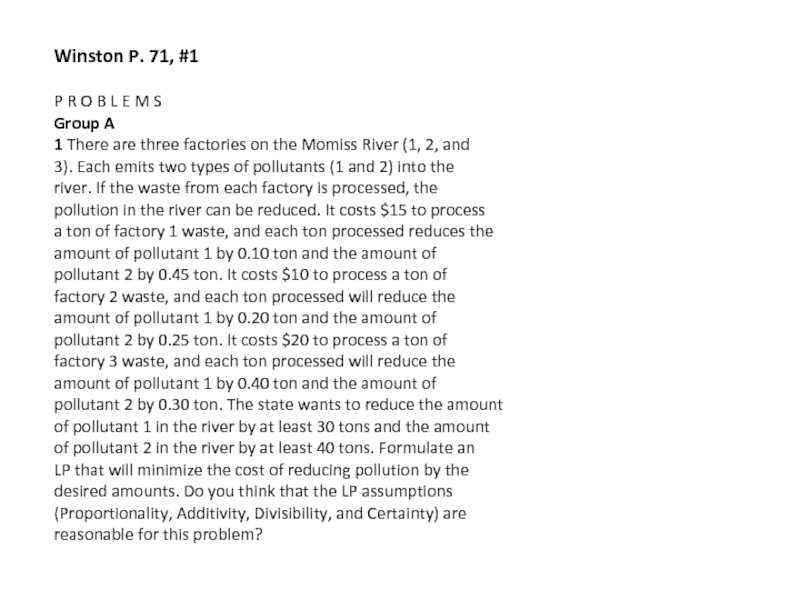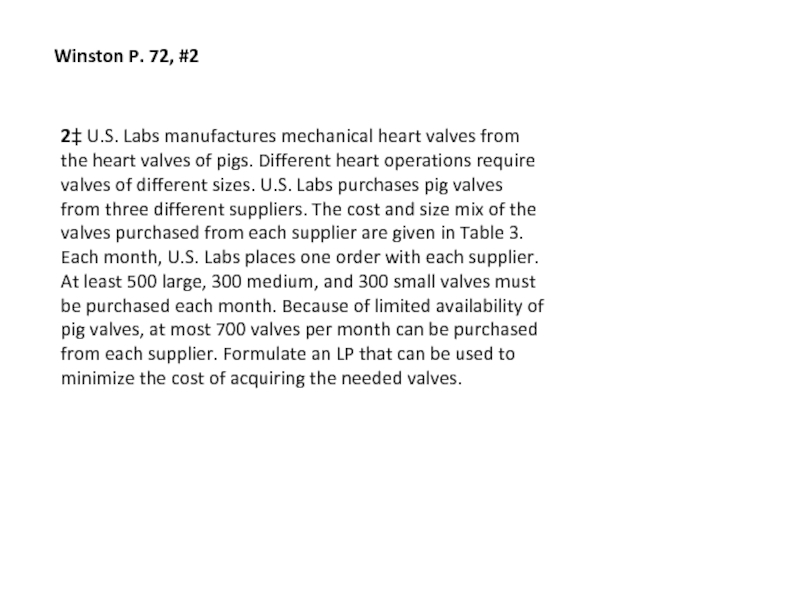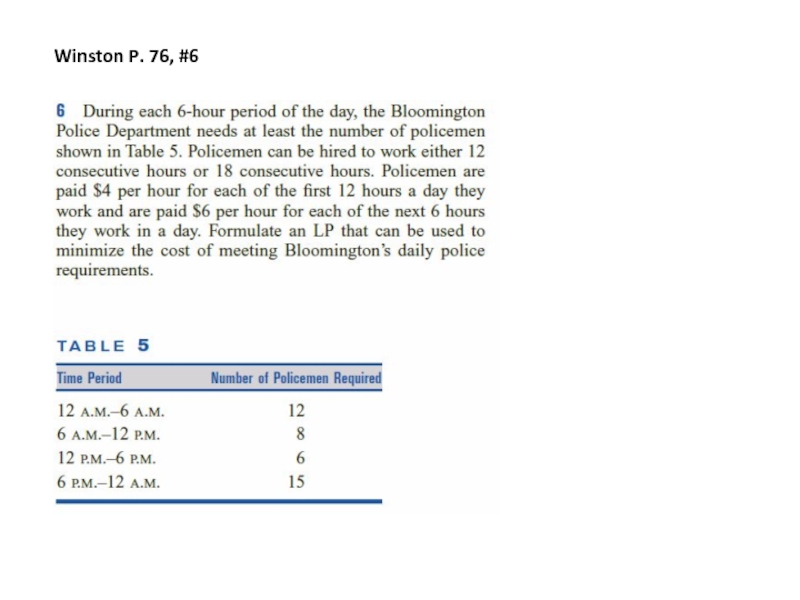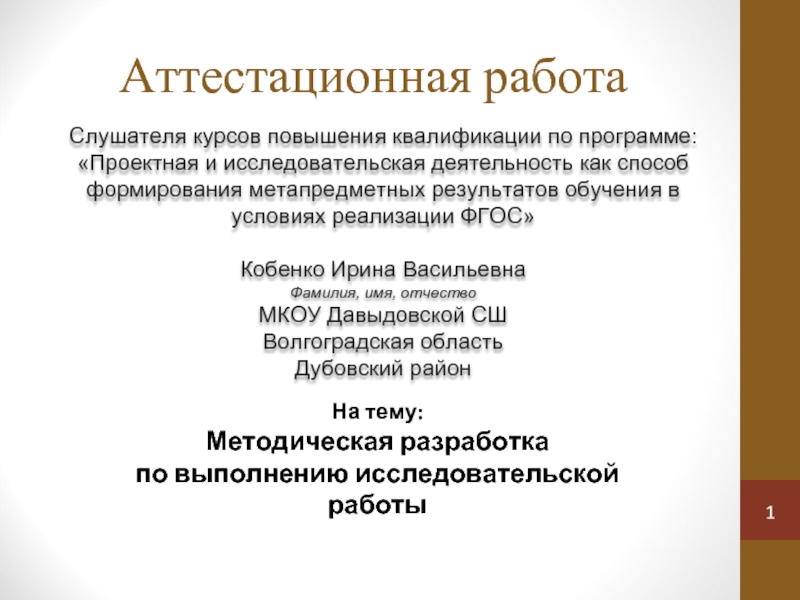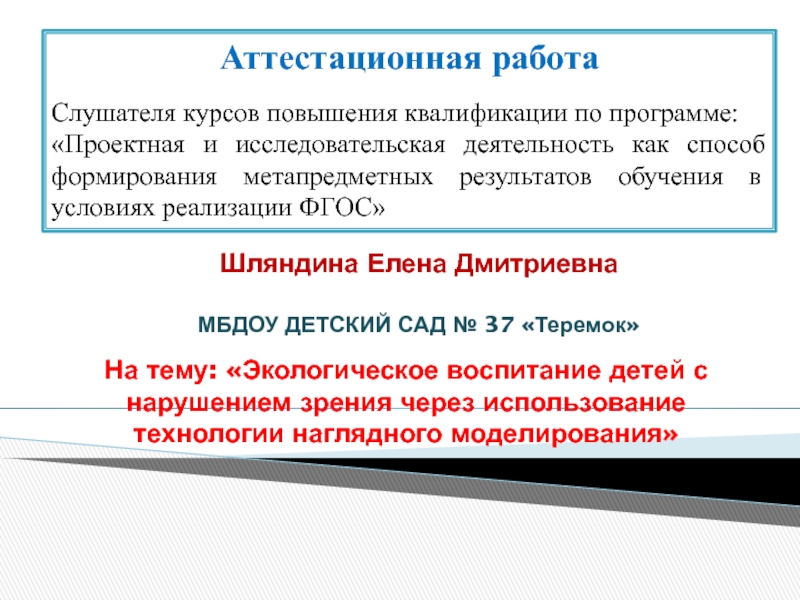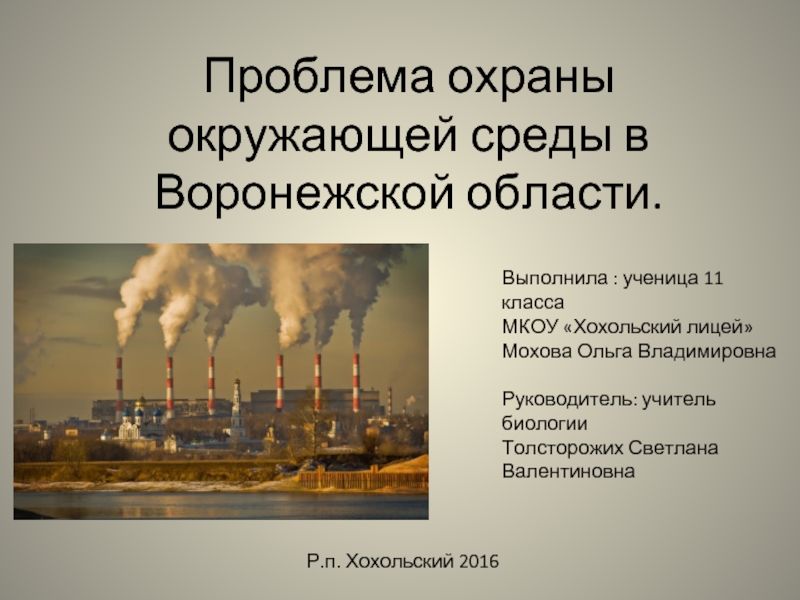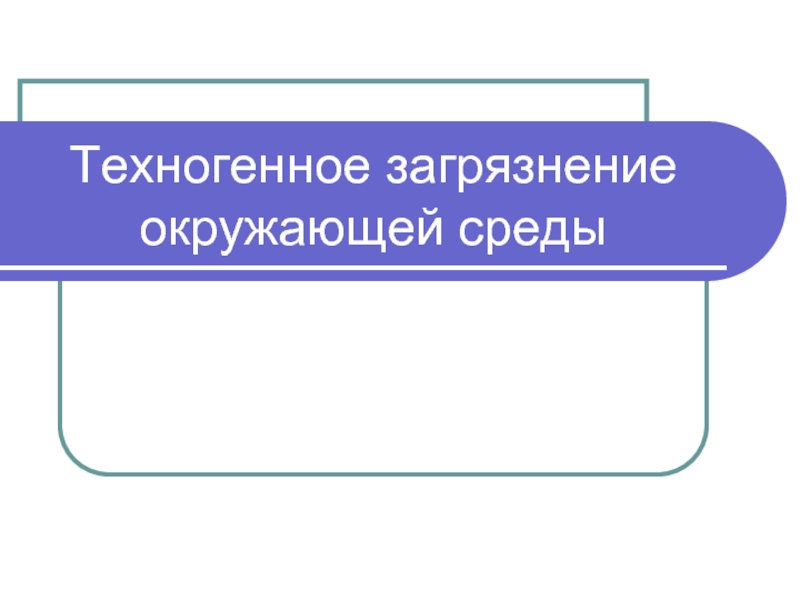3). Each emits two types of pollutants (1 and 2) into the
river. If the waste from each factory is processed, the
pollution in the river can be reduced. It costs $15 to process
a ton of factory 1 waste, and each ton processed reduces the
amount of pollutant 1 by 0.10 ton and the amount of
pollutant 2 by 0.45 ton. It costs $10 to process a ton of
factory 2 waste, and each ton processed will reduce the
amount of pollutant 1 by 0.20 ton and the amount of
pollutant 2 by 0.25 ton. It costs $20 to process a ton of
factory 3 waste, and each ton processed will reduce the
amount of pollutant 1 by 0.40 ton and the amount of
pollutant 2 by 0.30 ton. The state wants to reduce the amount
of pollutant 1 in the river by at least 30 tons and the amount
of pollutant 2 in the river by at least 40 tons. Formulate an
LP that will minimize the cost of reducing pollution by the
desired amounts. Do you think that the LP assumptions
(Proportionality, Additivity, Divisibility, and Certainty) are
reasonable for this problem?
Winston P. 71, #1
